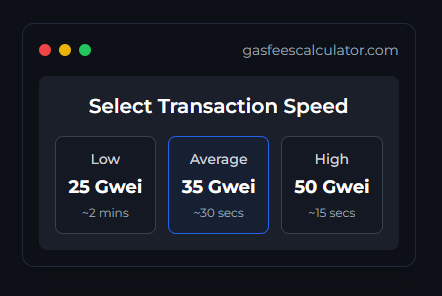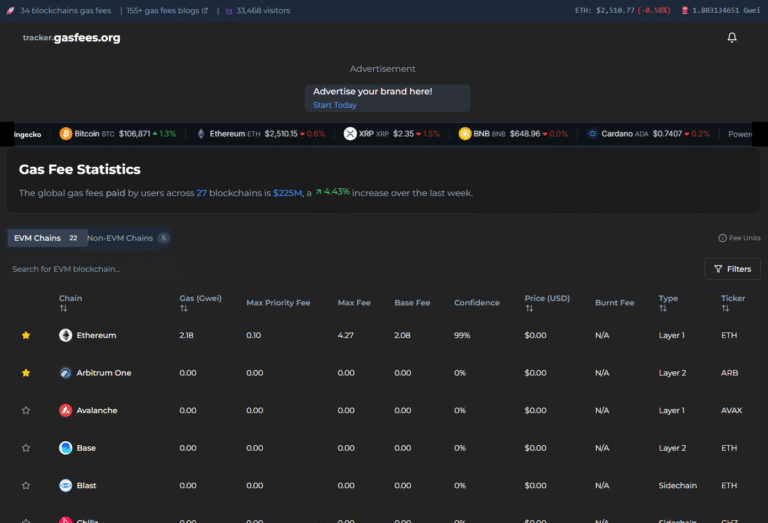
What Are Acala Network Gas Fees?
Acala allows users to pay gas fees in multiple tokens, including its native ACA token, the Acala Dollar (aUSD) stablecoin, or other supported assets within the network. This multi-token fee system reduces reliance on a single token, enhancing user convenience and mitigating volatility risks. Gas fees are determined by the computational resources required for a transaction, such as processing power and storage, and are kept low due to Acala's efficient parachain architecture on Polkadot.
For example, a user transferring aUSD to another wallet or interacting with a DeFi protocol like Acala's liquid staking might incur a small gas fee, dynamically calculated based on network demand and transaction complexity. Acala's design also includes mechanisms to stabilize fees, ensuring predictability for users and developers. By leveraging Polkadot’s shared security and scalability, Acala minimizes costs compared to congested networks, making DeFi more inclusive.
To optimize gas fees, users can monitor network activity and choose times of lower congestion or use Acala’s fee estimation tools integrated into compatible wallets. Understanding and managing these fees is key to maximizing the benefits of Acala’s DeFi ecosystem.
Operating within the Polkadot ecosystem, Acala Network is pioneering a new approach to gas fees in blockchain transactions. Gas fees are critical payments users make to process and validate transactions, often posing barriers due to their fluctuating costs. Acala Network offers a unique solution that enhances efficiency and accessibility.
What are Gas Fees?
Gas fees compensate for the computational energy needed to execute transactions on blockchain networks. High network congestion and transaction complexity typically drive up these fees, as seen prominently with Ethereum during peak usage times.
Acala Network’s Distinct Approach
Built on the Substrate framework, Acala Network introduces a flexible model for managing gas fees. Unlike traditional networks that require transactions to be paid solely in their native tokens, Acala allows fees to be paid in various tokens, including ACA tokens.
Advantages of Acala’s Gas Fee Model
Acala’s approach democratizes blockchain access by enabling users to pay fees in different tokens, fostering a more inclusive ecosystem. This flexibility also ensures more predictable and stable fees, crucial for planning transactions and applications.
Supporting the DeFi Ecosystem
Acala’s gas fee structure plays a crucial role in nurturing the decentralized finance (DeFi) ecosystem on Polkadot. Lower and stable fees encourage increased transaction volumes, boosting liquidity and transaction speeds across the network.
Comparative Analysis with Other Networks
Compared to networks like Ethereum notorious for high gas fees, Acala’s model offers a more user-friendly experience. This approach is particularly appealing to newcomers and those frustrated with high transaction costs.
The Future of Acala’s Gas Fees
Looking forward, Acala Network aims to further innovate its gas fee structure to support the growing DeFi space. Future developments could enhance transaction efficiency and reduce costs, potentially reshaping the broader blockchain landscape.
Conclusion
In summary, Acala Network’s approach to gas fees represents a significant step forward in blockchain technology. By making DeFi more accessible and setting new standards for transaction costs, Acala is poised to lead the industry in efficiency and user experience.




